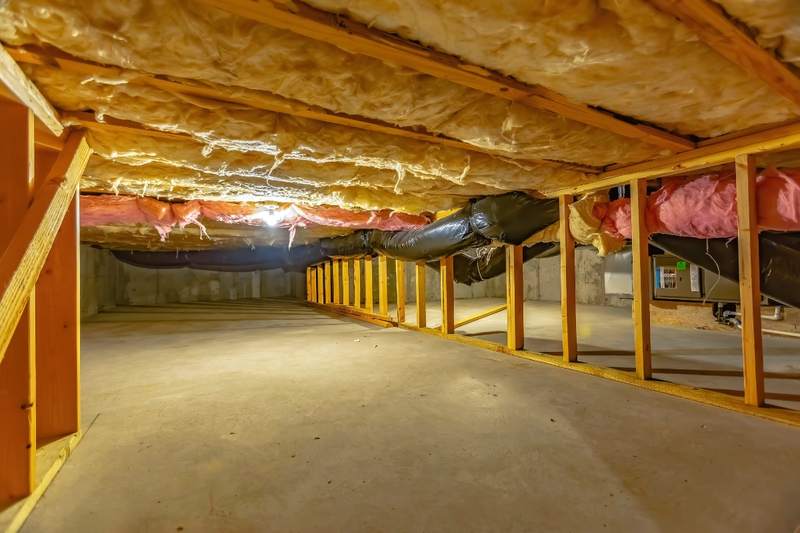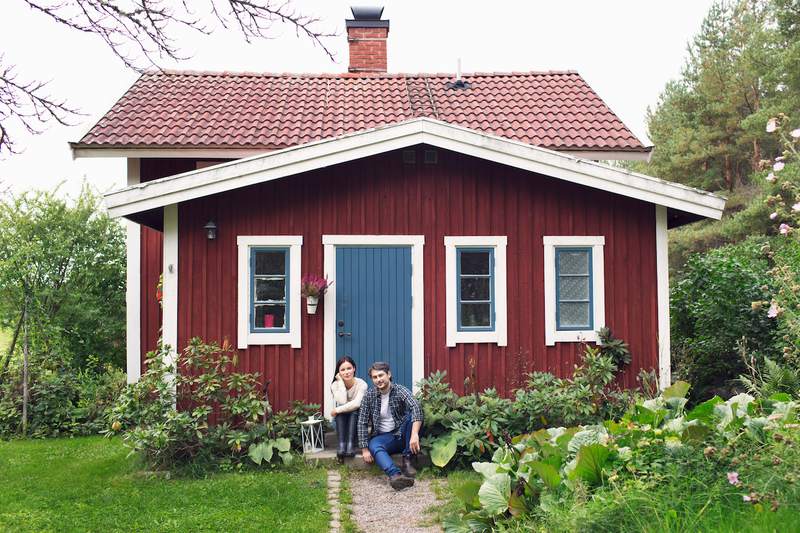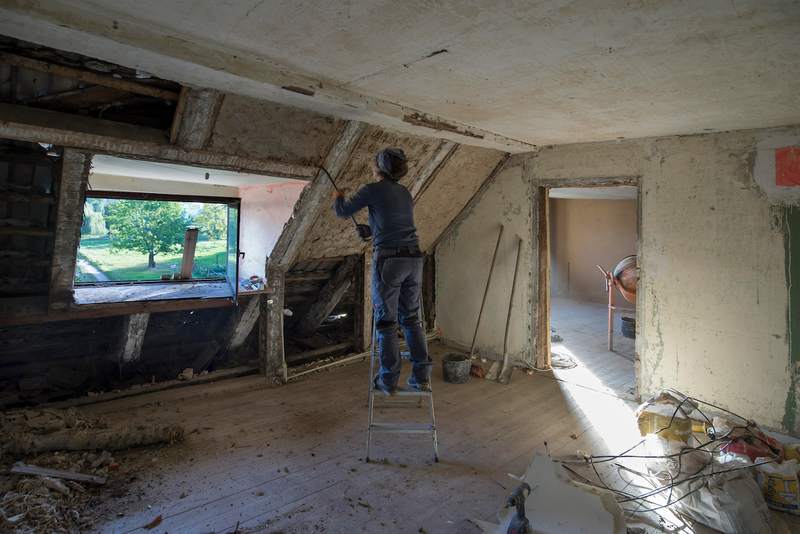
Almost 90% of modern homeowners have a 30-year fixed-rate mortgage. What is a 30-year fixed-rate mortgage, and what makes it so popular?
With this kind of loan, you get 30 years to repay your mortgage, and the interest rate stays the same for the entire 30-year term. As a result, your monthly payment toward principal and interest doesn’t change, allowing you to budget with greater accuracy.
Choosing a longer loan term also means your monthly payment will be lower compared to a mortgage with a shorter term, because you have more time to repay the loan amount. That’s why a 30-year mortgage is ideal if you want to keep your payments affordable.
At the same time, a 30-year loan term has its downsides. Let’s break down 30-year mortgage pros and cons:
Pros and Cons of a 30-Year Mortgage
| Benefits of a 30-Year Mortgage | Drawbacks of a 30-Year Mortgage |
| Smaller monthly mortgage payment | Higher interest rates |
| Greater flexibility to put money toward other financial goals | More total interest paid |
| Can afford to borrow more compared with a 15-year mortgage | Takes longer to build equity and fully own your home |
| Bigger mortgage interest deduction if itemizing at tax time | Could end up paying more if you’re planning to move soon |
30-Year Mortgage FAQ
Check out the answers to some frequently asked questions about 30-year mortgages.











